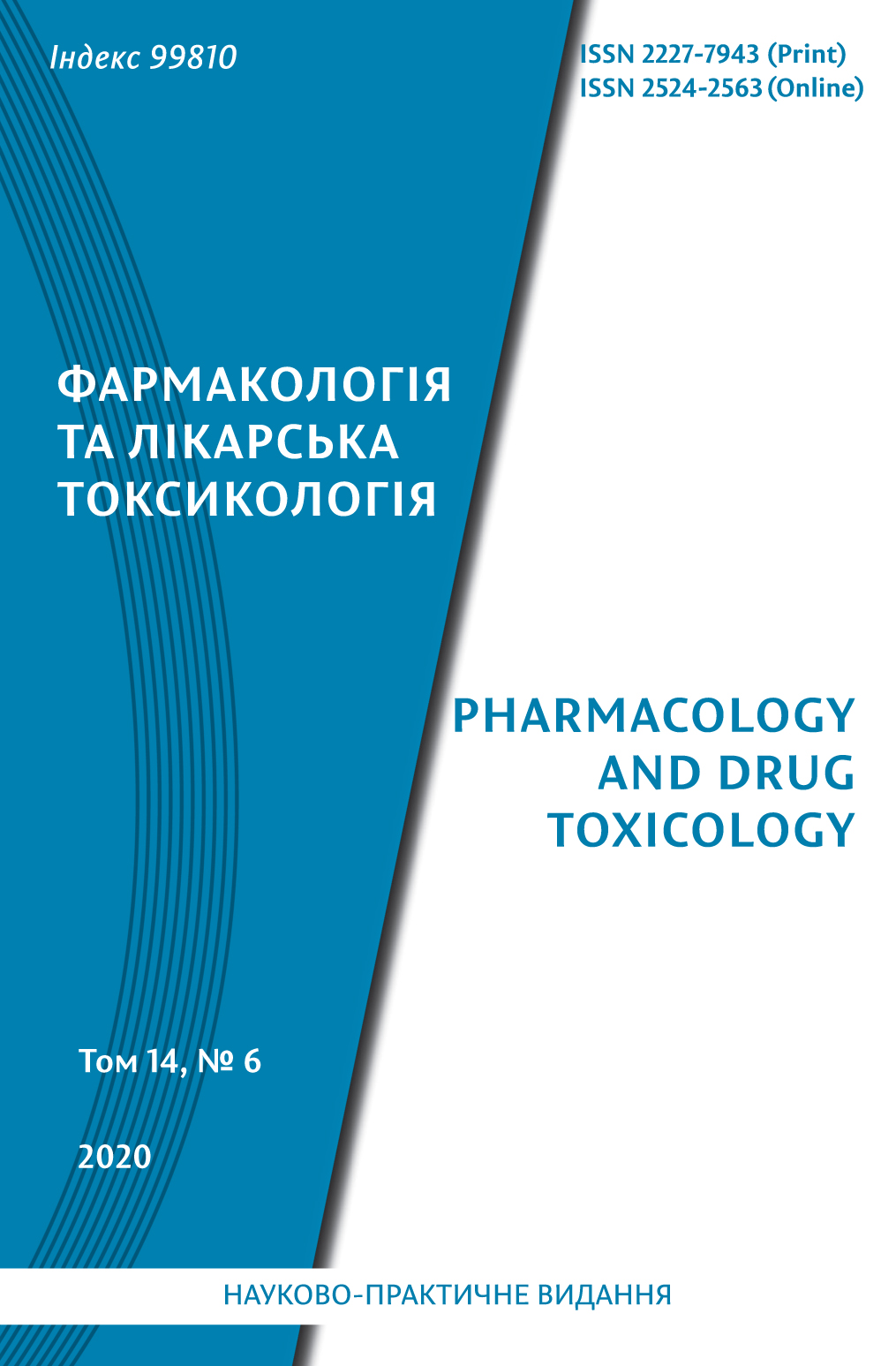Abstract
Pain as an integral part of various pathological conditions is a complex and multifactorial problem. However, pain in comorbid pathology becomes even more complex due to the uncertainty of its many links and mechanisms. It can be argued that pain in hypothyroidism today is an understudied issue due to the
multifaceted effects of thyroid hormones on organs and systems of the human body, especially in the presence of comorbid pathology. It is worth attention the study of the course of pain in osteoarthritis, which occurs due to functional insufficiency of the thyroid gland. In the modern scientific literature not enough attention is paid to this problem, despite the fact that patients have a pain syndrome that leads to a decrease in their quality of life.
It is known that long-term pain leads to an increase in pain in patients, which affects the pathogenesis of the formation of the nociceptive response. In musculoskeletal pathology, such a pain syndrom can lead to the position of joints in which pain is least disturbing, which can ultimately lead to the formation of persistent arthrogenic contractures and the development of fibrous and bone ankylosis. Therefore, pain in hypothyroidism can be considered a factor that aggravates the degenerative-dystrophic process.
The aim of the study was to evaluate an analgesic activity of NSAIDs and paracetamol in experimental steoarthritis and hypothyroidism.
The study was carried out on 220 white nonlinear rats with osteoarthritis model, combined pathology (osteoarthritis and hypothyroidism) and also after L-thyroxine treatment. The analgesic potential of the drugs was assessed after single administration by studying their antinociceptive activity in rats and
registering a nociceptive response (vocalization reaction) by the method of electrical stimulation of the rat tail root.
Experimental osteoarthritis was reproduced at the beginning of the study by a single intra-articular (in the knee joint) injection of 0,1 ml of monoiodoacetic acid solution (reagent Iodoacetic acid ≥ 98,0 % T, № I4386, Sigma-Aldrich Chemie GmbH, Germany), which was prepared from 3 mg of reagent per 50 μl of sterile saline. From the same day began the formation of experimental hypothyroidism (EG) by enteral administration of 0,02 % carbimazole solution (drug «Espa-carb» in tablets of 5 or 10 mg manufactured by Esparm GmbH, Germany), (5 mg per 250 ml of saline) and given to animals for 6 weeks with the drinking diet.
By random sampling, rats were divided into experimental groups of 10 animals, which were administrated once intragastrically the following doses of drugs: group I – passive control (intact rats); group II – active control; group III – diclofenac sodium (10 mg/kg); group IV – ibuprofen (5 mg/kg); group V – meloxicam (10 mg/kg); group VI – nimesulide (80 mg/kg); group VII – celecoxib (50 mg/kg); group VIII – paracetamol (150 mg/kg).
The results of the study made it possible to evaluate and compare the analgesic activity of the drugs under experimental pathological states. It should be noted that combined pathology (osteoarthritis and hypothyroidism) led to significantly changes of NSAIDs and paracetamol antinociceptive activity.
Under conditions of experimental osteoarthritis and hypothyroidism the most strong antinociceptive activity demonstrated diclofenac sodium, paracetamol proved to be the weakest analgesic. At comorbid pathology selective and preferential COX-2 inhibitors partially lost their analgesic activity in comparison
with analgesics – non-selective COX inhibitors, especially diclofenac sodium.
The basic hormonal therapy by L-thyroxine led to the restoration of the antinociceptive activity of NSAIDs and paracetamol.

